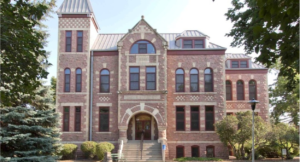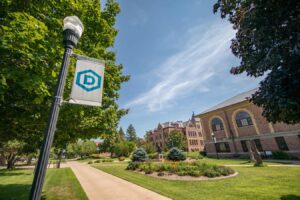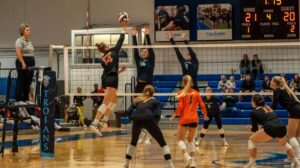Ernest Lawrence…Who Even is That?

Ernest Lawrence was born on August 8th, 1901, in Canton South Dakota. This name may seem familiar since almost everyone has learned about Lawrence at least once in their lives. Growing up he attended Canton High School with his father acting as Superintendent of Schools at the time. Later in life, he attended St. Olaf College, and in 1922 he received his bachelor’s in Chemistry from The University of South Dakota. His school did not stop there, he later received his master’s from The University of Minnesota and then on to the University of Chicago to attempt Physics.
In 1925 Ernest Lawrence was awarded his Ph.D. from Yale. For three more years he continued at Yale as a National Research Fellow and Assistant Professor of Physics. Although Lawrence did not stop his impeccable career there; Ernest Lawrence moved to California and became an Associate Professor of Physics. Just nearly two years after that he became the youngest Professor at the University of California, Berkeley. Topping out as the Director of Radiation Laboratory in 1936, Lawrence retained this position until his death.
But what did he do that is so important? Well, Lawrence’s research centered on nuclear physics. Lawrence’s first works mainly focused on the ionization of phenomena and measuring the ionization potentials of metal vapors. Although, his majorly important invention did not come out until 1929. Lawrence invented the cyclotron, a device for accelerating nuclear particles to extraordinarily high velocities without the need for high voltages, which he won the Nobel Prize in Physics for in 1939.
Due to his invention, hundreds of radioactive isotopes allowed scientists to discover many more elements. This cyclotron did not only move nuclear particles but it also was used in a study of medical and biological applications of the cyclotron. Dr. Ernest Lawrence and his brother Dr. John Lawrence collaborated into compiling the data for this study. With technological advances, Lawrence began to build stronger and faster cyclotrons and in 1941 the invention was used to generate cosmic particles and antiparticles.
Ernest Lawrence also was one of the most prolific science writers during 1924-1940. Throughout this time his name appeared on 56 papers, which means he averaged 3 ½ papers per year. By writing such exceptional papers at such speed, Lawrence showed his intense interest in the science he was beginning to create. Later in life, he invented the process to obtain time intervals as small as three billionths of a second.
Overall, Ernest Lawrence lived an extremely educated, successful, and happy life with his wife Mary Kimberly Blumer whom he married in 1932. Together they lived in California up until Ernest Lawrence’s death on August 27, 1958. Throughout his life, he was rewarded a Ph.D. from Yale University, became the youngest Professor at Berkeley University, and won the Nobel Prize in Physics. Ernest Lawrence, a small-town South Dakota boy transformed into one of the most important scientists in the history of the United States.








